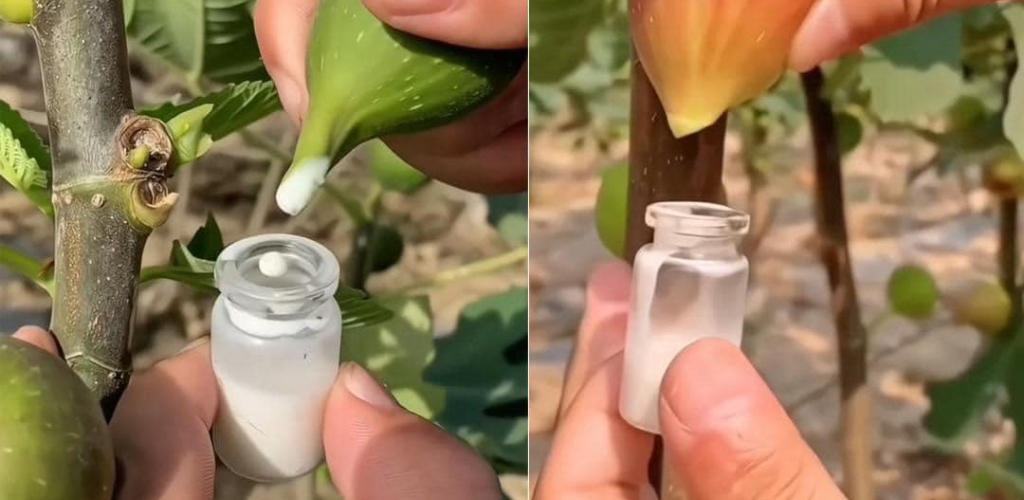Tips for Collecting Fig Sap a Rewarding Task
What You Need to Know Before Collecting Fig Sap Before you begin taking advantage of the natural resource that fig trees offer, it’s important to understand a few key aspects: Safety First: Fig sap contains latex, which can be irritating to skin and eyes. Always wear gloves and protective eyewear when handling sap.
Seasonal Collection: The best time to collect fig sap is in late spring to early fall, when the tree is actively growing and sap flow is most abundant.
Tree Health: Only collect sap from healthy, mature trees to avoid stressing young or weakened specimens.
Tools and Materials Needed Gardening gloves Safety glasses Sharp knife or a small, clean cutting tool Collection container (such as a glass jar or plastic container) Step-by-Step Guide to Collecting Fig Sap Prepare your tools: Make sure all tools are clean and sharp to make a clean cut, which is less damaging to the tree.
Select the right spot: Choose a spot on a branch or the trunk where you can easily make a small incision. Avoid areas that look diseased or damaged.
Make a small incision: Carefully cut away the bark of the fig tree. The cut should be shallow and no more than a few inches long to minimize damage.
Collect the sap: Place the collection container under the incision to catch the dripping sap. Depending on the flow, you may need to leave it there for a few hours.
Seal the cut: Once you’ve collected enough sap, seal the cut with a natural tree sealant or by smoothing it over with mud to protect the tree from infection.
Uses for Fig Sap Place fig sap in a small bottle Fig sap has been used in several cultures for its medicinal and practical properties: Natural Remedy: Diluted fig sap has been used as a natural remedy to soothe skin irritations and warts.
Culinary Uses: When properly processed, fig sap can serve as a coagulant to make dairy-free cheese.
Gardening Aid: The sap can act as a natural deterrent to pests when applied to other plants.
Collecting and using fig sap is a rewarding task that not only offers a way to interact with nature, but also provides a variety of benefits. By following these steps, you can ensure a safe and effective harvesting process, contributing to your eco-friendly lifestyle.
Safety Note Always perform a patch test with diluted sap to ensure you do not have an allergic reaction. Consult with a professional if you are unsure about the proper handling and use of fig sap.
